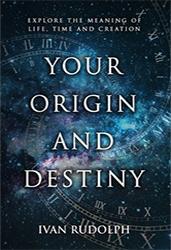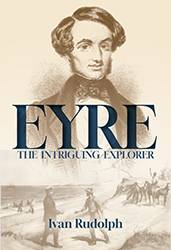Baxter’s Killers
Eyre probed for years for news of Neramberein and Cootachah.
William Graham, the respected Telegraph Operator at Eyre Sand Patch, had a little success through his enquiries. By questioning locals extensively, he located a series of the lads’ old campsites and concluded that Cootachah and Neramberein had most likely reached Eucla and South Australia. However, this has not been confirmed independently and officially they were not heard of again. Eyre’s plant of provisions at Fowlers Bay was found untouched twenty years later, which would have been unlikely if the lads had indeed returned successfully.
The missionary and Protector of Aborigines whom Eyre had met and befriended in Port Lincoln, Clamor Schurmann, also instigated widespread enquiries, reporting that the locals: “Recollected having heard that two strange young men, carrying a peculiar kind of net or net bag, had been killed by the Kukathas, in the belief of their being Purkabidnis.” The Kukathas roamed as far as Fowlers Bay and had a reputation of being cannibals, hence a second rumour that the two boys had been eaten. Eyre later cast doubt on cannibalism existing along that coastline, but others disagreed. These included the same William Graham, Tom Brown who lived at Nullarbor Station for 30 years, and the missionary Clamor Schurmann – all three reported accounts of cannibalism thereabouts and that Aborigines sometimes ate their children and quite frequently ate their old men and enemies. It is important to remember that cannibalism was not usually practised to procure food, but rather to inherit or retain some of the qualities of the one being eaten. In some instances it was even seen as a mark of respect.
But no hard evidence of the fate of Cootachah or Neramberein has ever surfaced.



